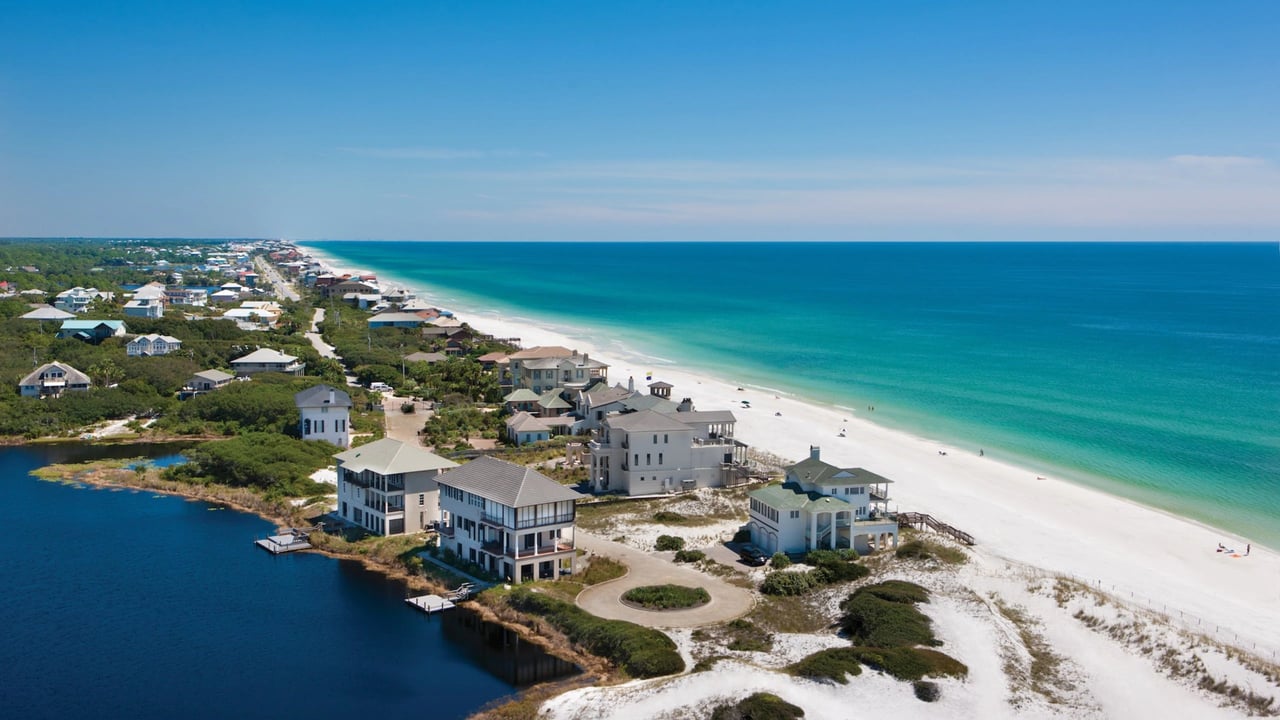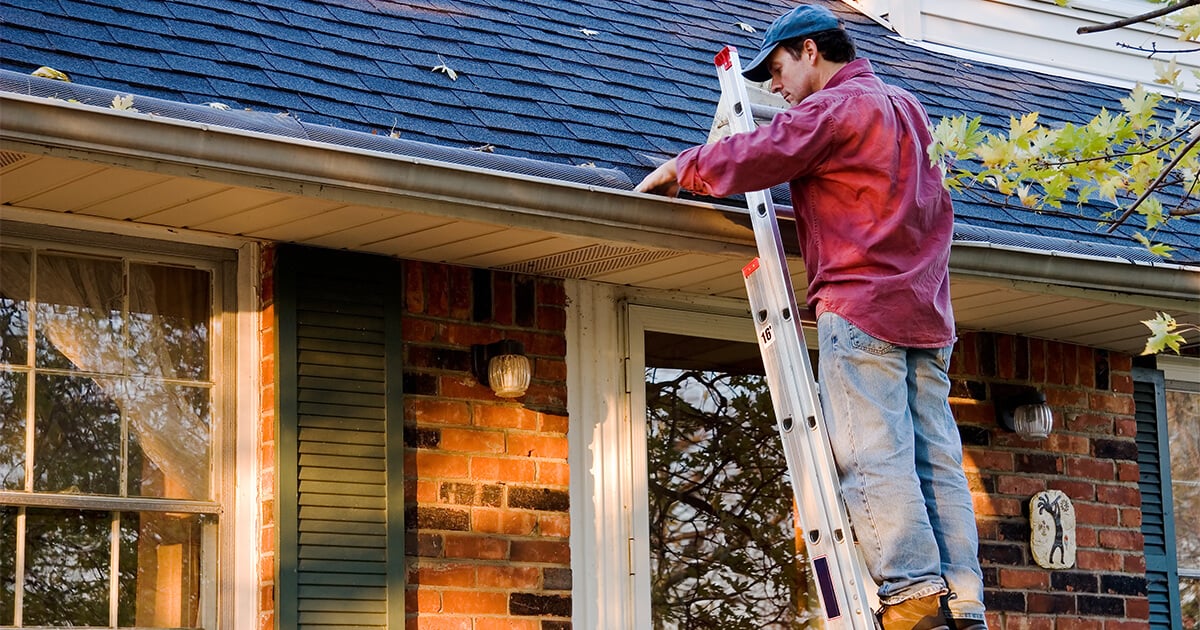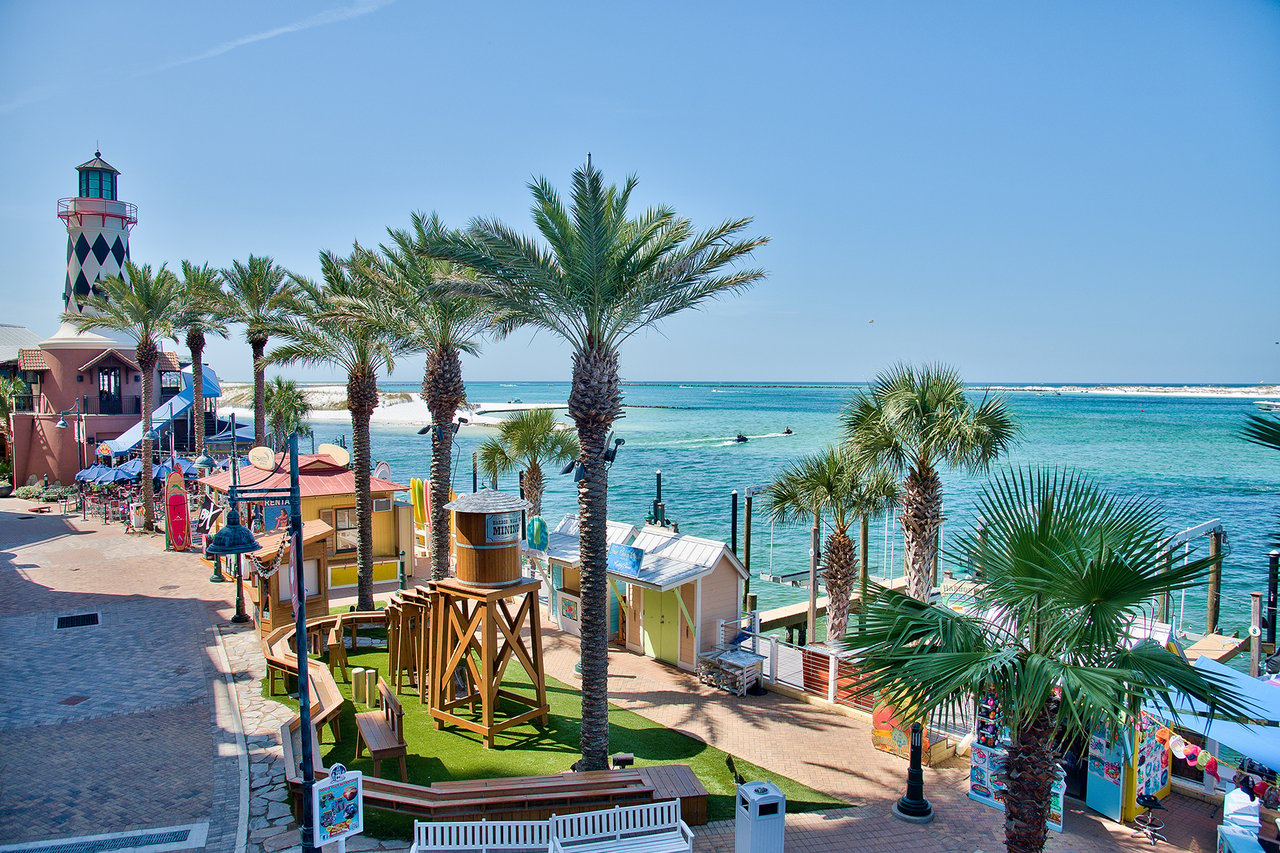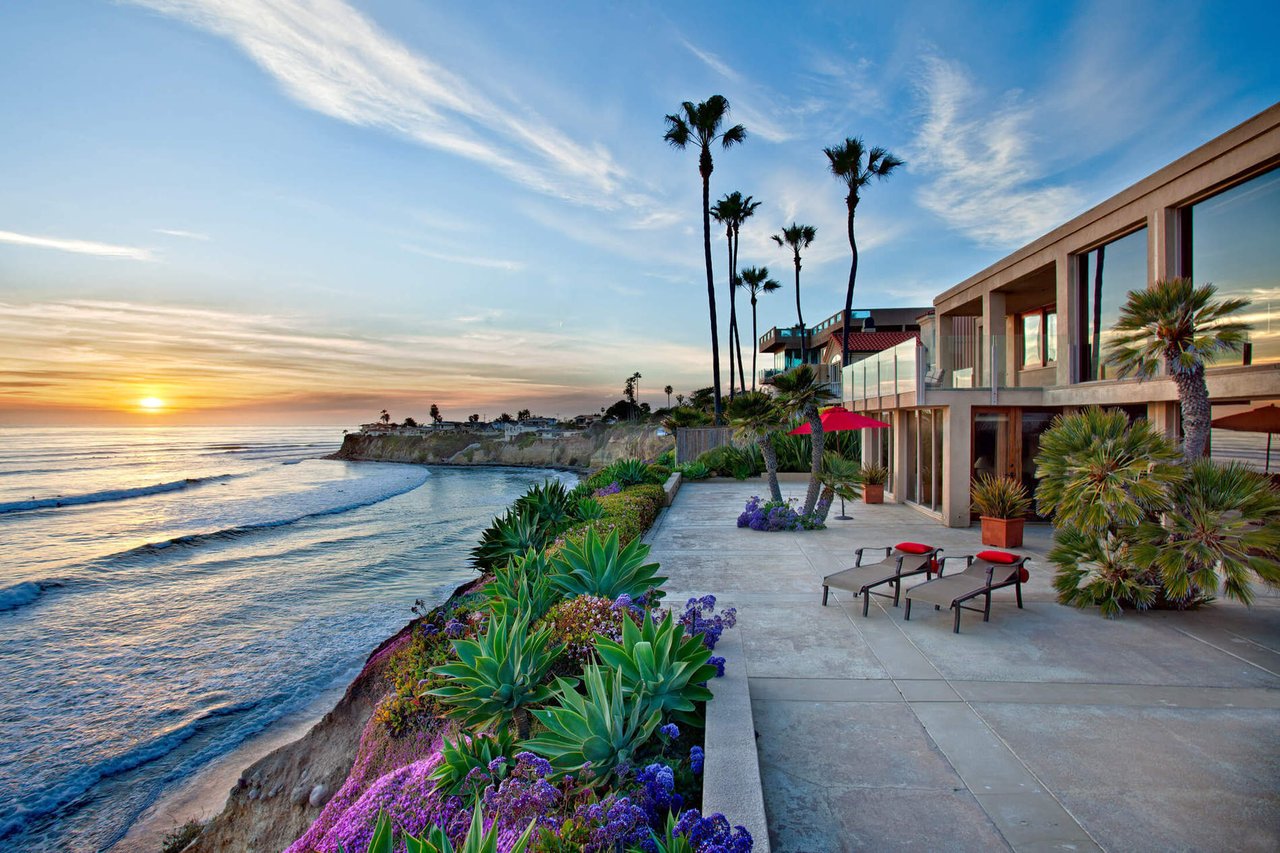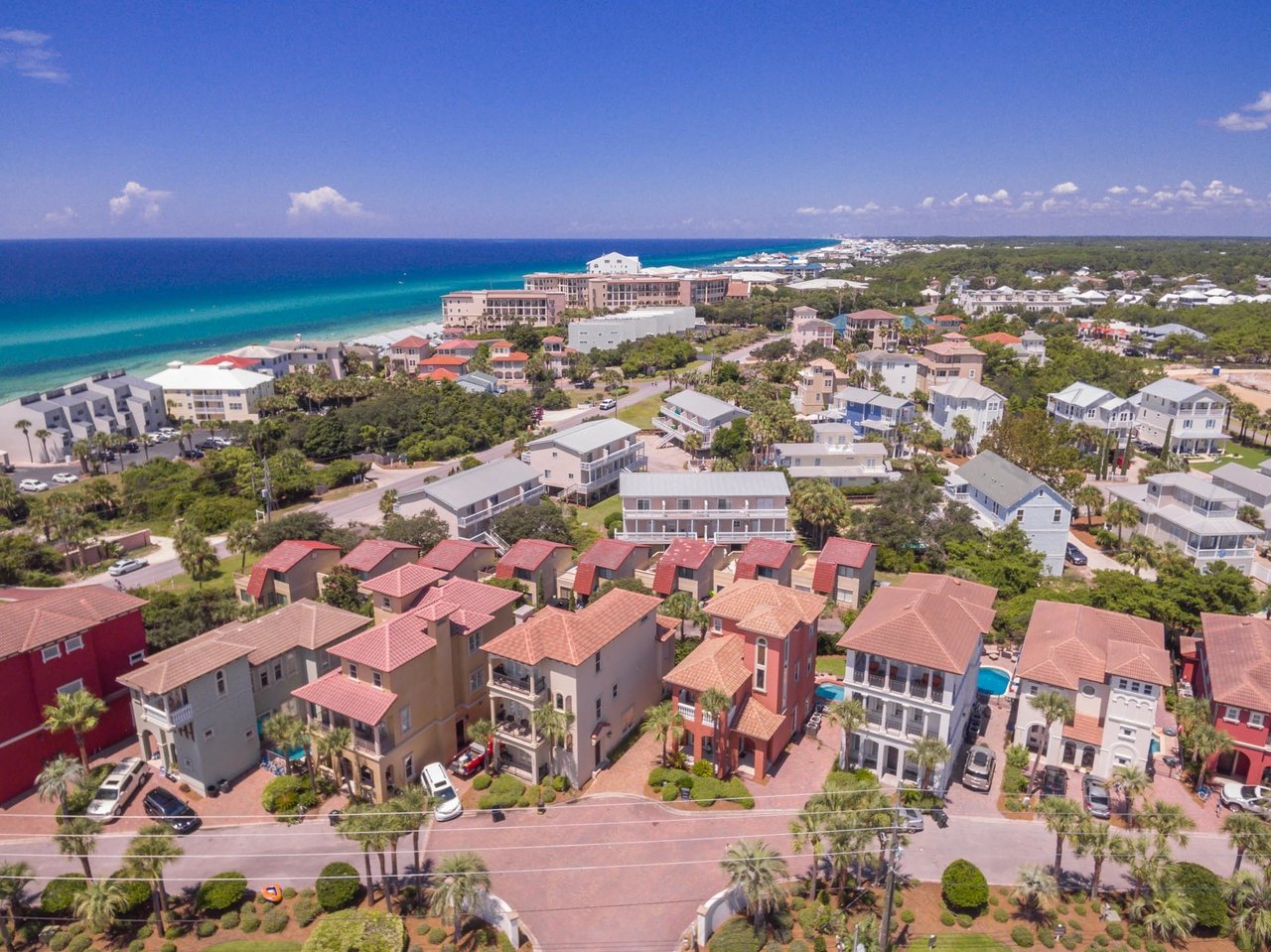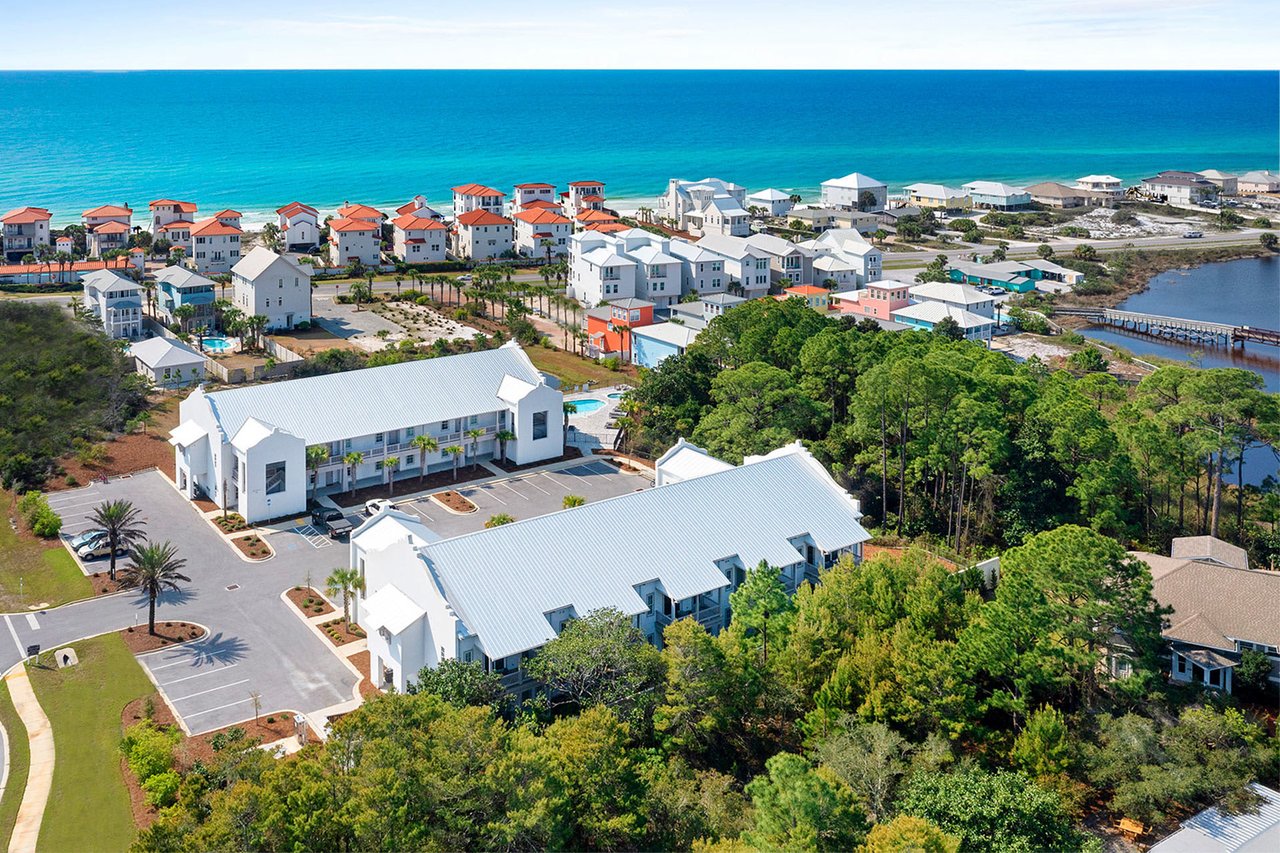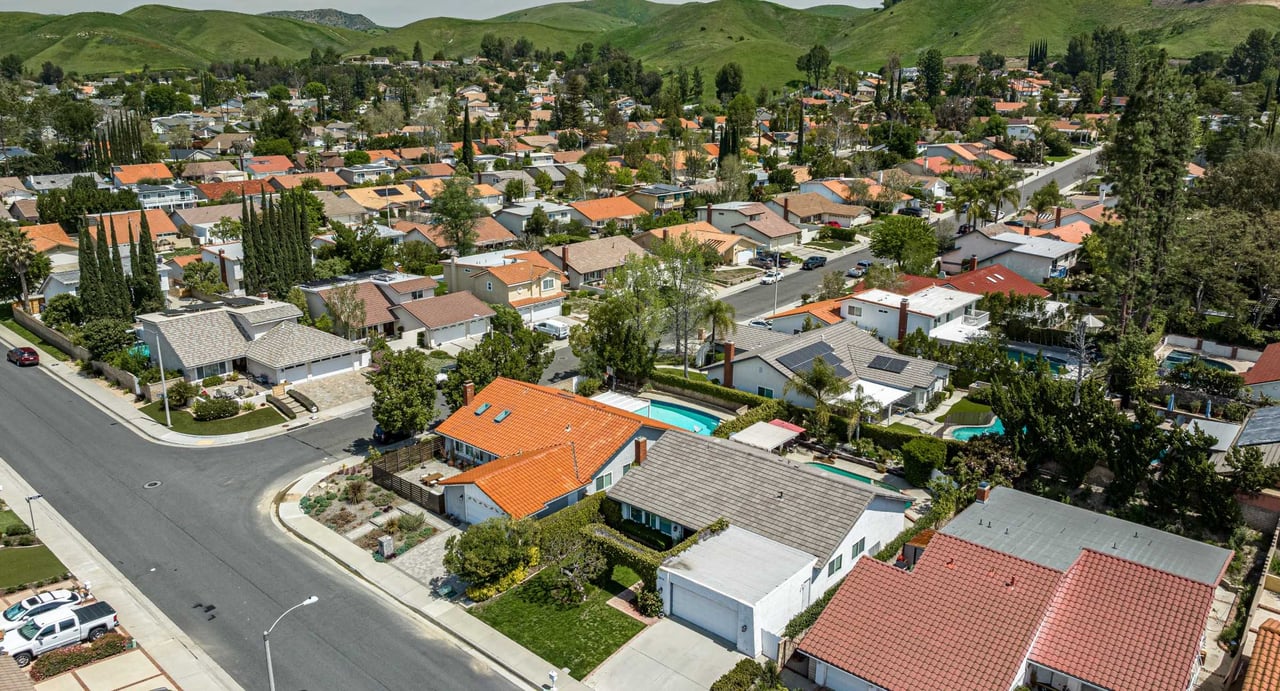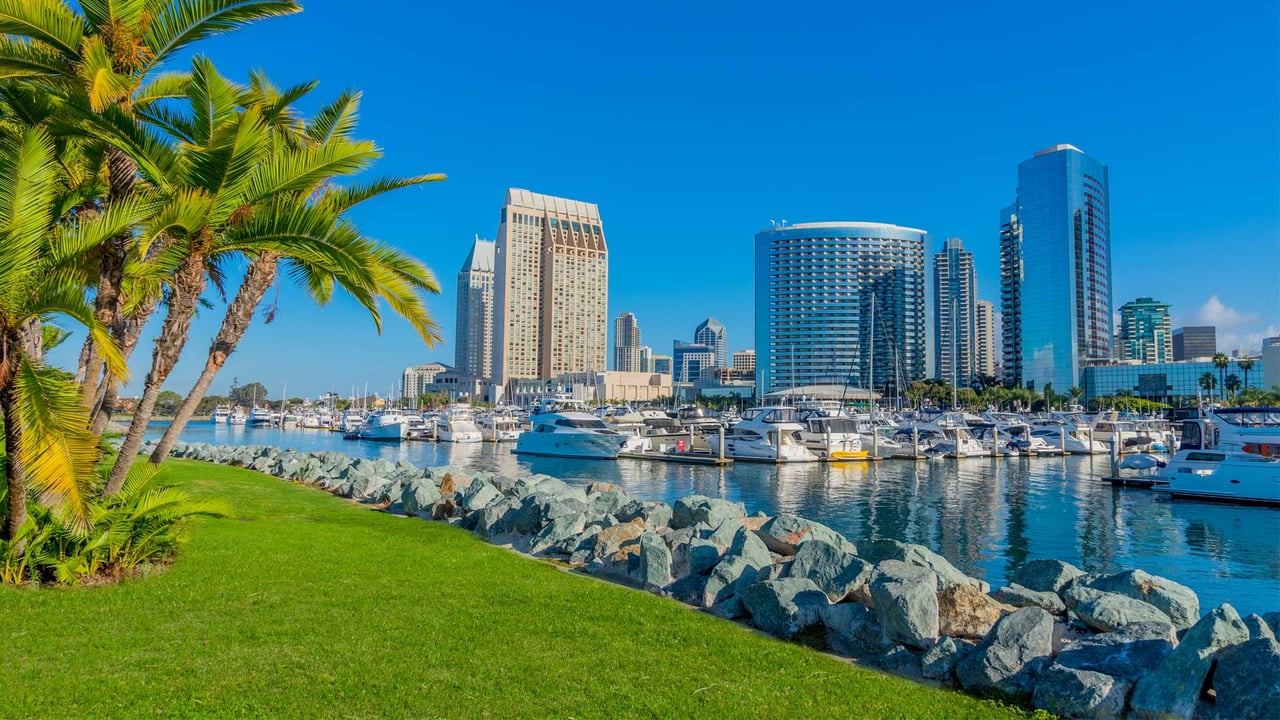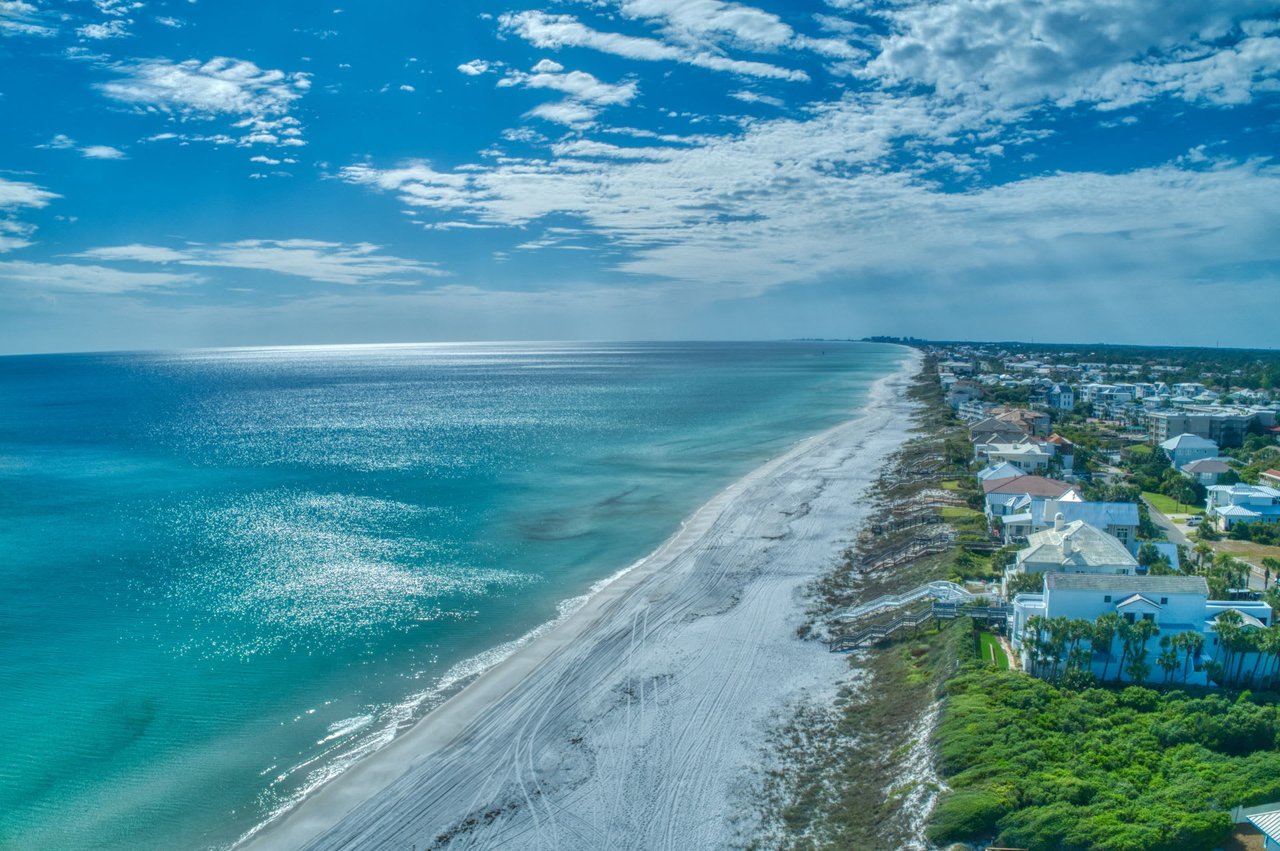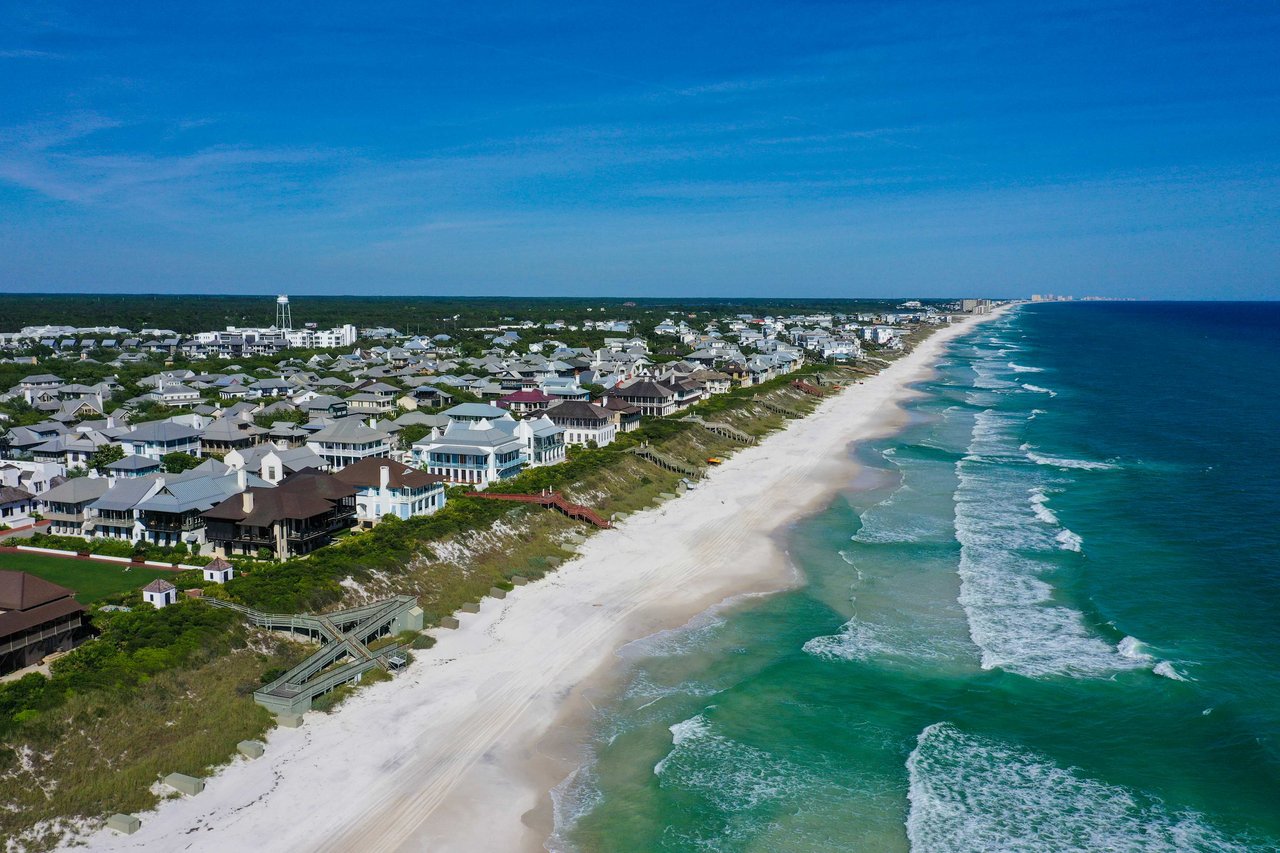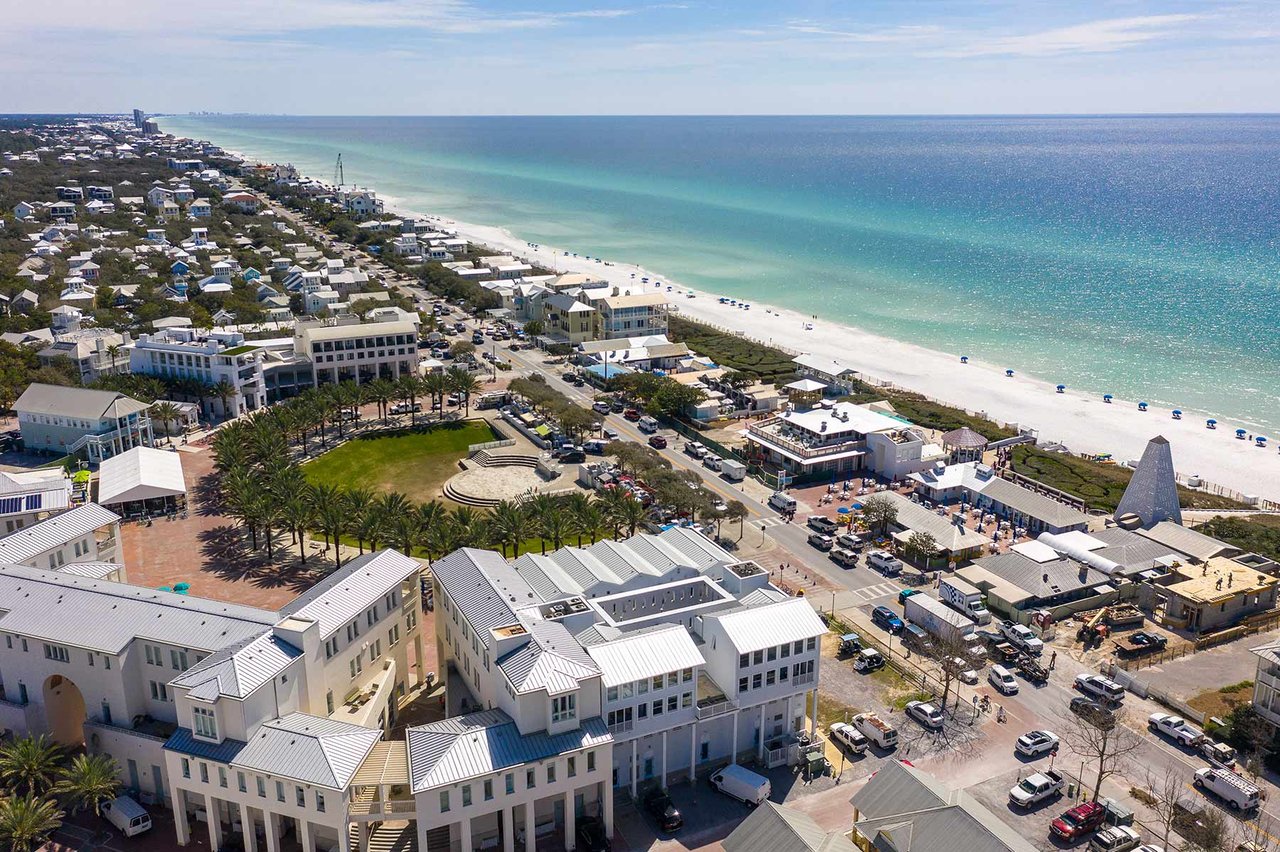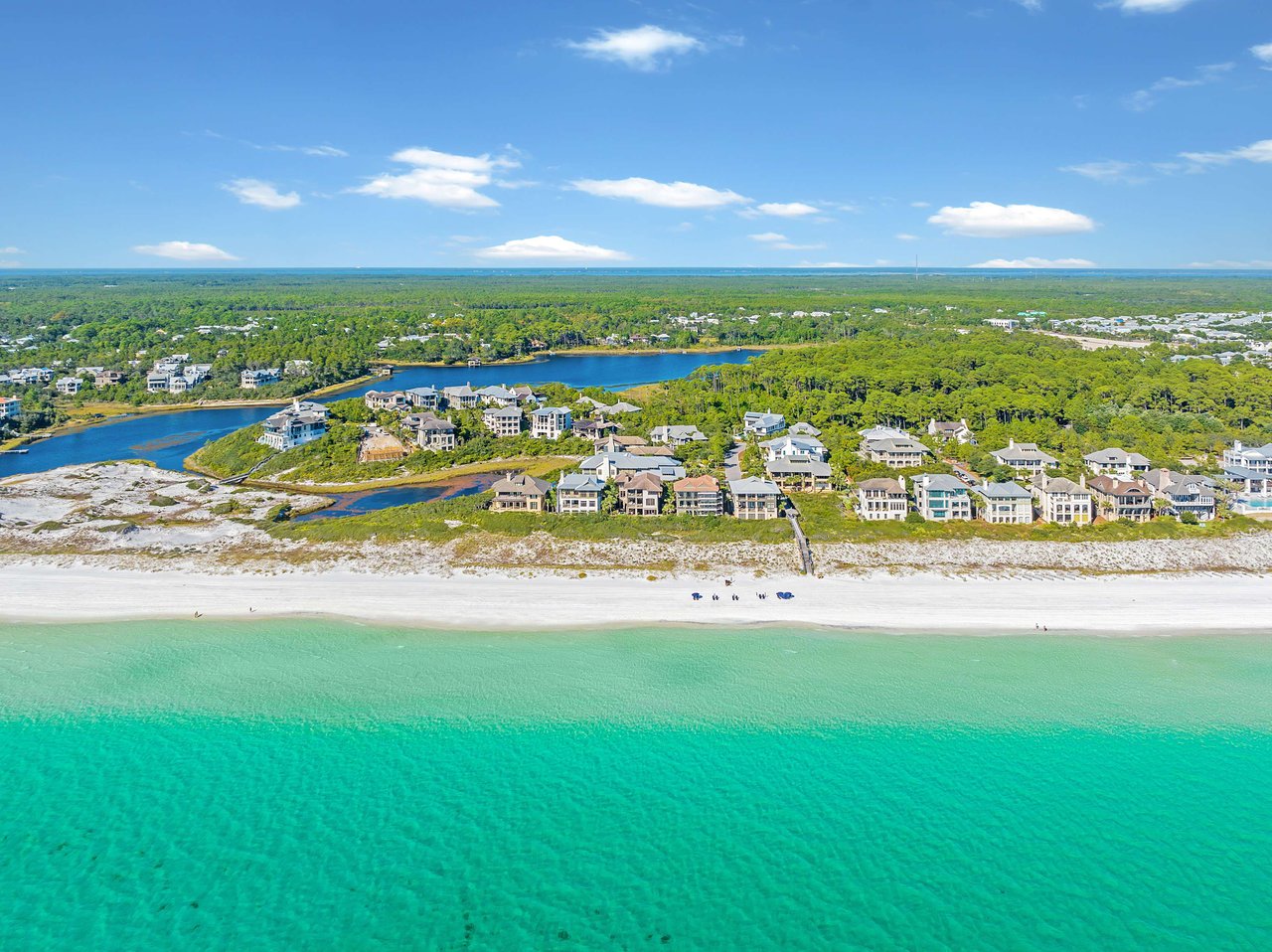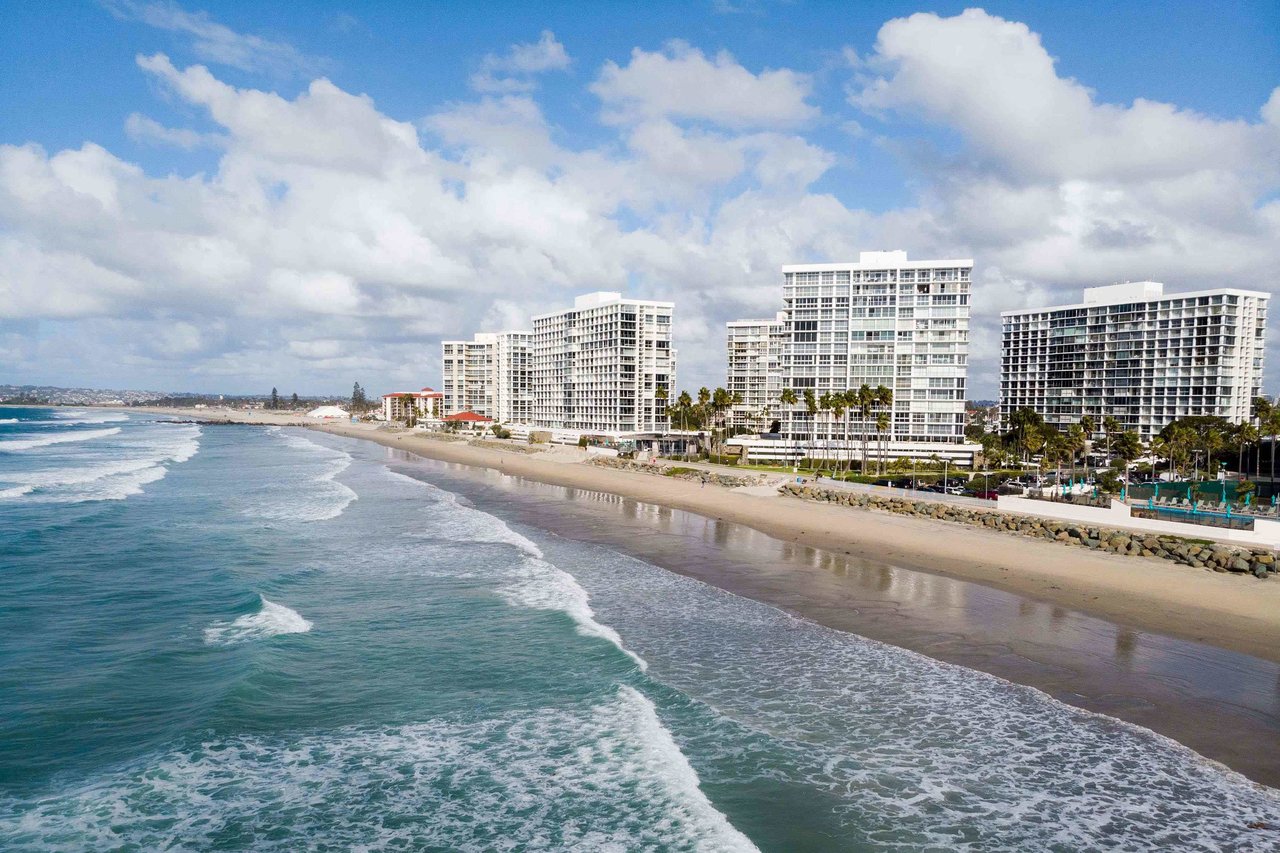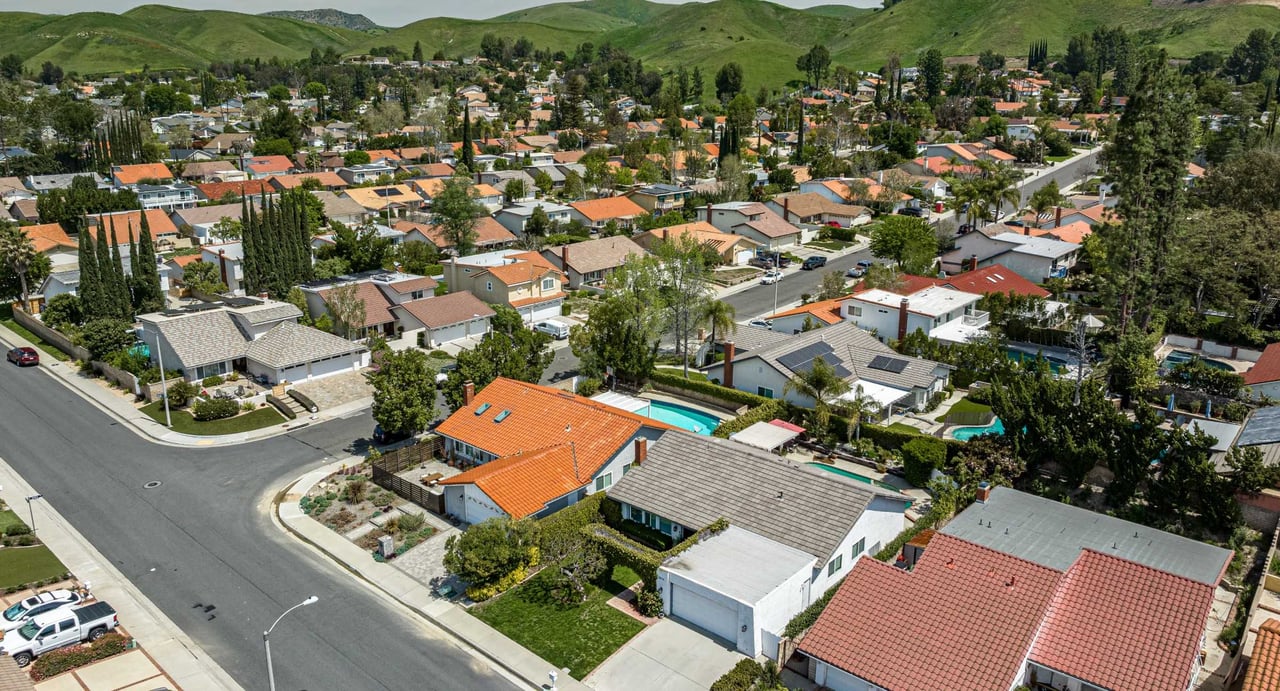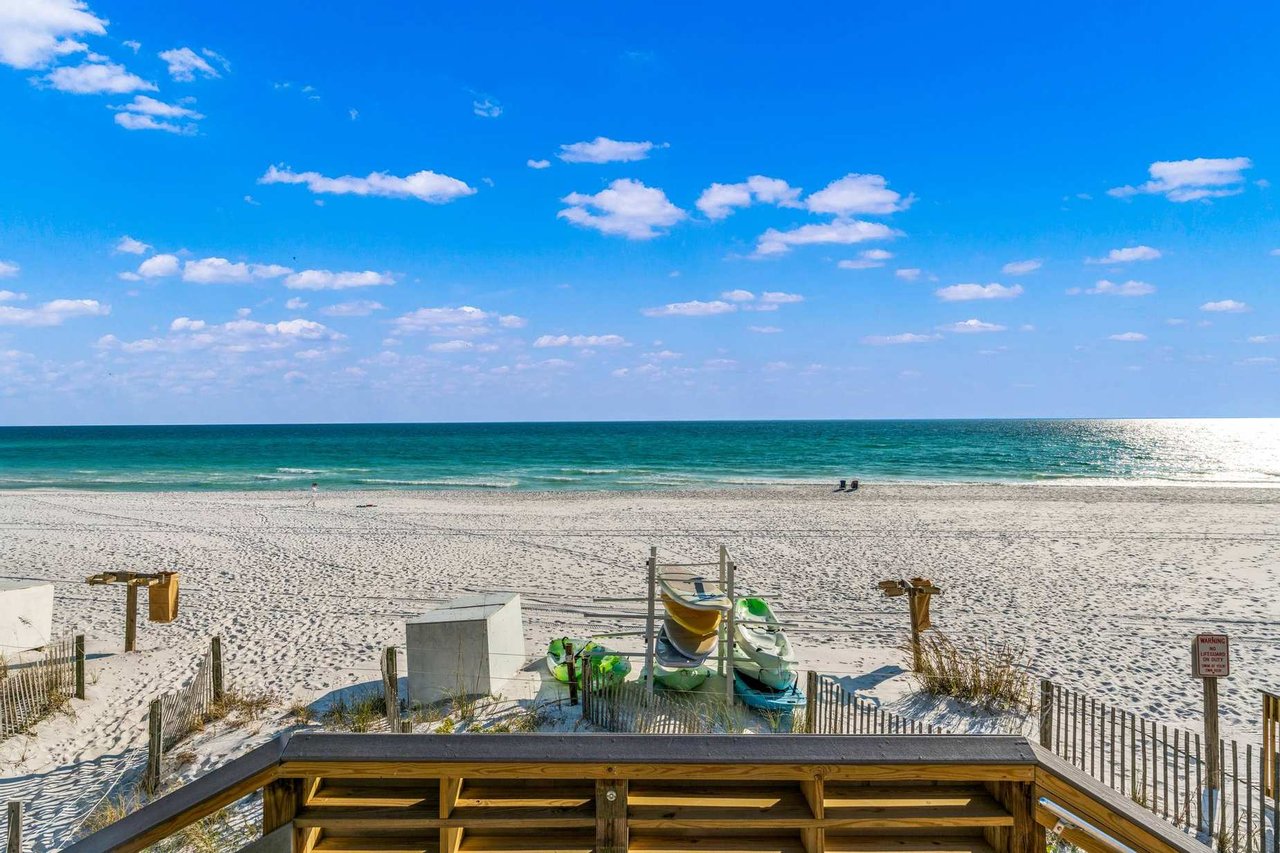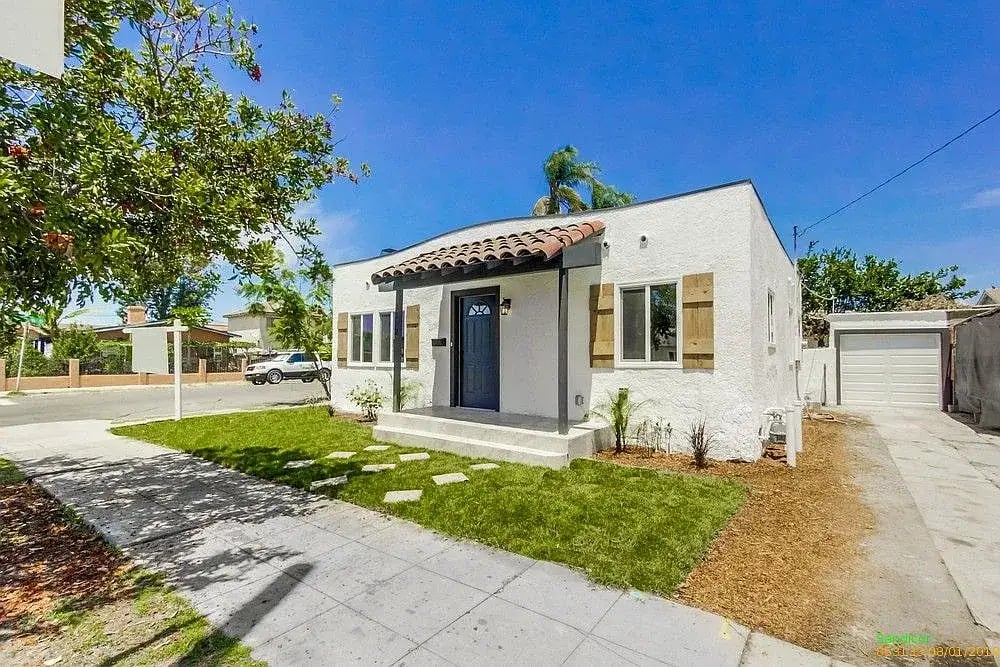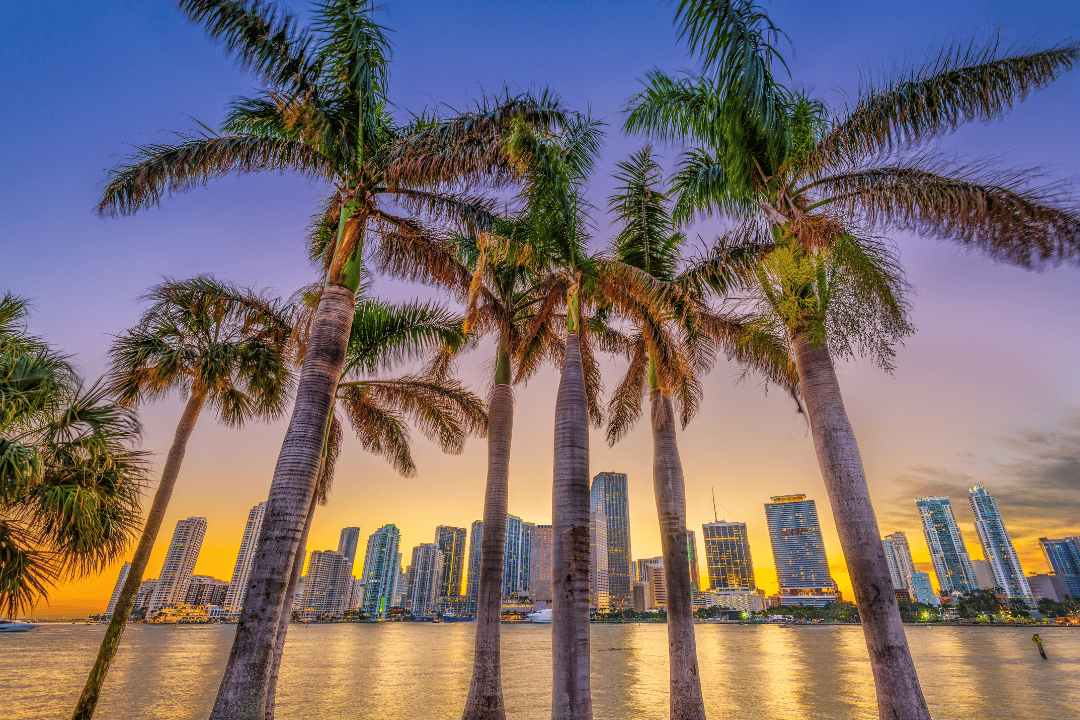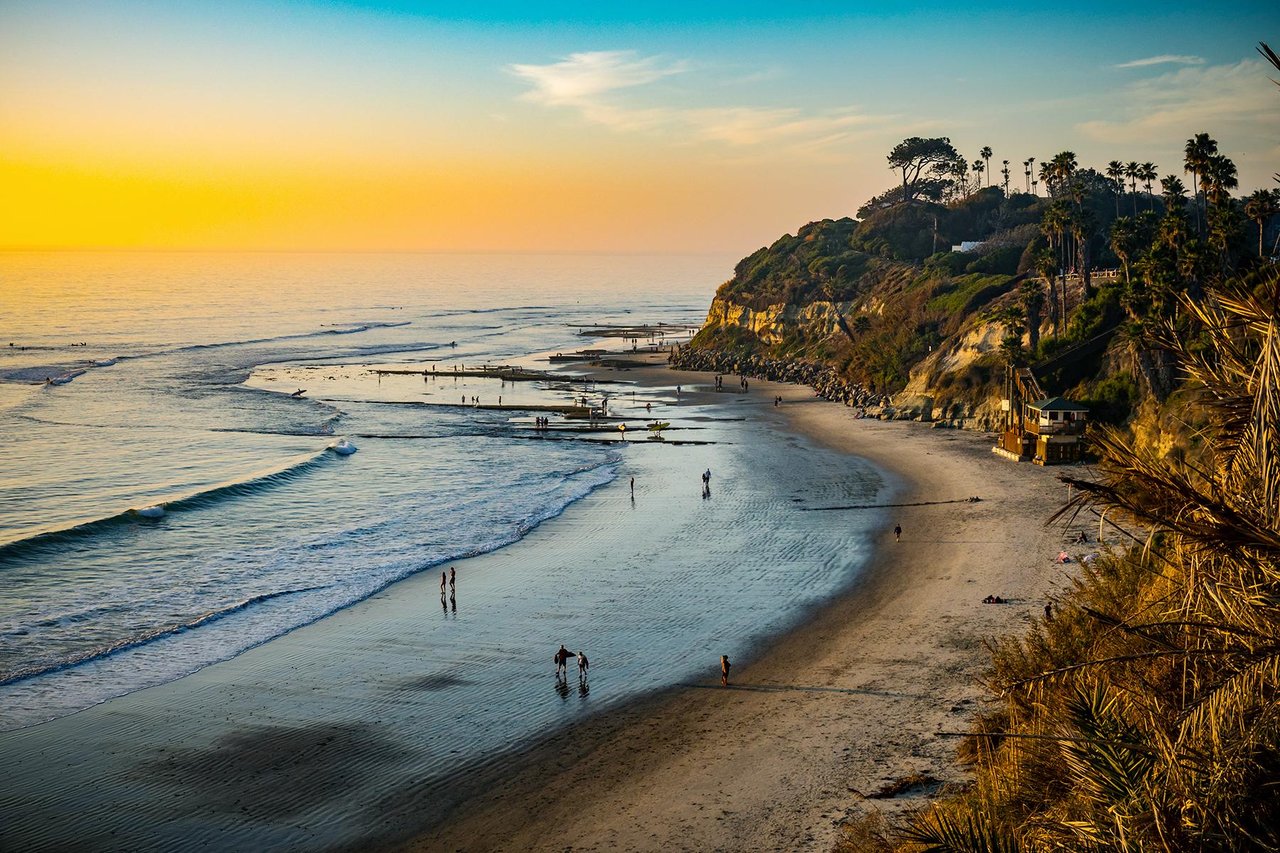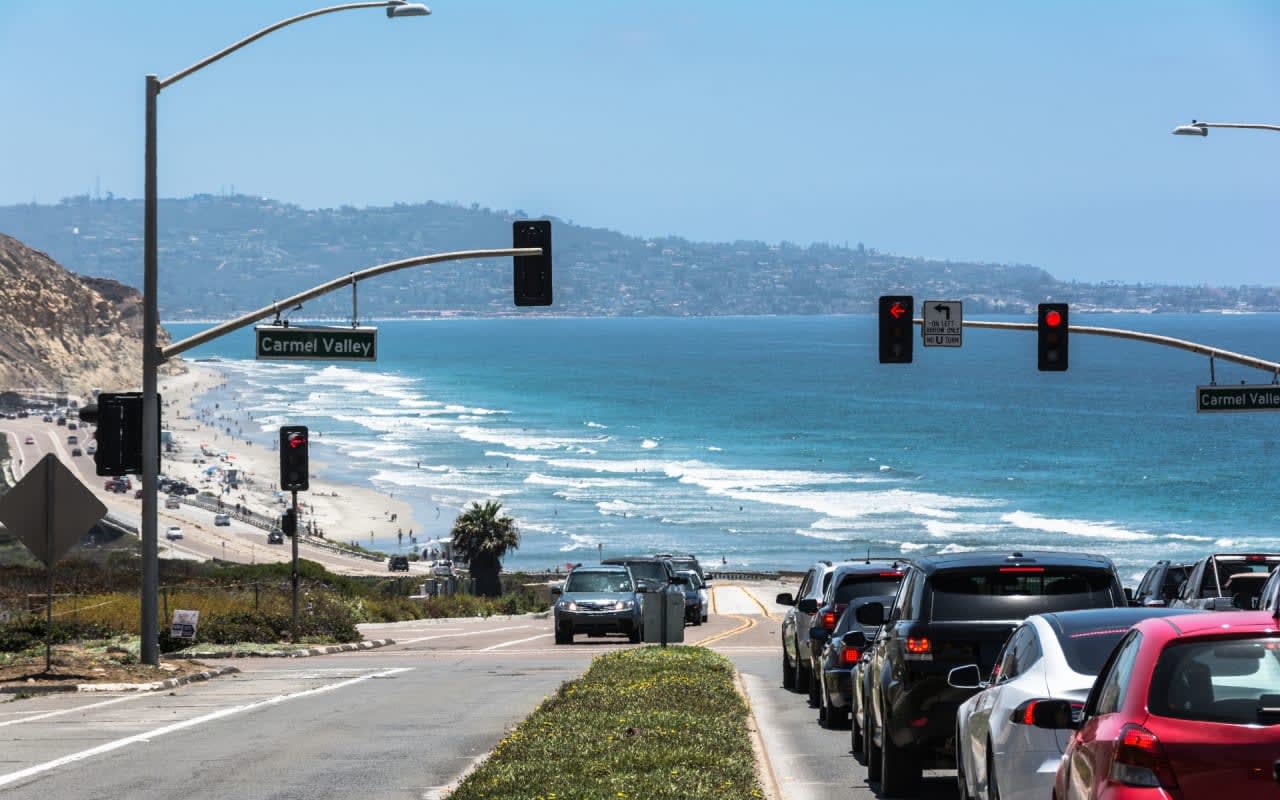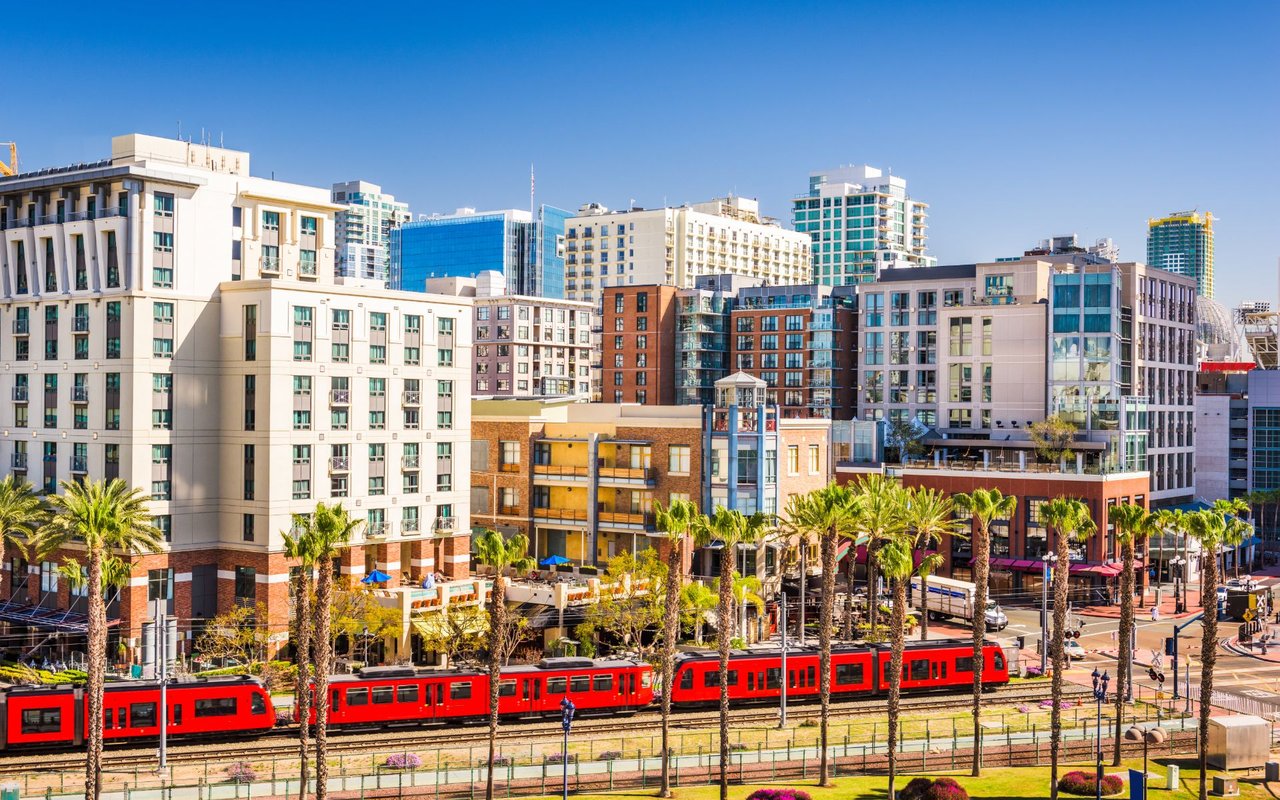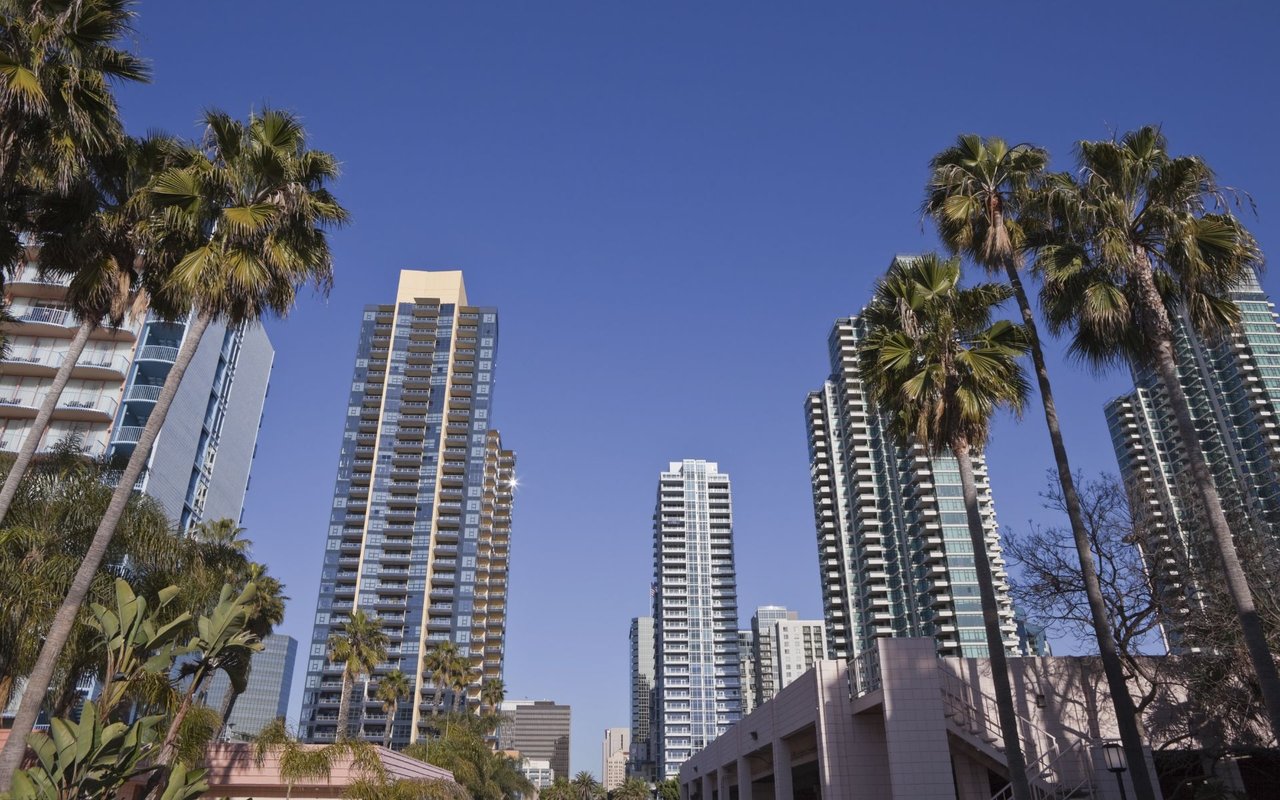San Diego's beautiful, temperate climate is one of the city’s most attractive features, drawing people from all over the world to enjoy its sunshine and coastal breezes. However, the weather and environmental conditions in San Diego also play a significant role in real estate decisions. Whether you’re buying a coastal property or a home further inland, understanding how San Diego’s climate affects real estate can help you make informed choices. In this blog, we’ll explore the impact of San Diego’s climate on real estate and what buyers need to know before making a purchase.
- Coastal vs. Inland Properties: San Diego's diverse geography means that the climate can vary significantly depending on where you are in the county. Coastal properties benefit from mild temperatures year-round, but they can also be subject to issues like saltwater corrosion, coastal fog, and high humidity. These factors can influence everything from the materials used in home construction to the frequency of maintenance required.
Inland properties, on the other hand, experience more temperature variation, with hotter summers and cooler winters. This can affect energy costs, as homes may require more heating and cooling. Buyers should consider the specific climate conditions of the neighborhood they are interested in and how these factors might impact their daily living and long-term property maintenance.
- The Role of Microclimates: San Diego is known for its microclimates, where weather conditions can change dramatically over short distances. For example, neighborhoods near the coast may experience cooler temperatures and more fog, while areas just a few miles inland can be significantly warmer and sunnier. Understanding these microclimates is important when choosing a property, as they can affect not only your comfort but also the value and desirability of the home.
Microclimates also impact gardening and landscaping, as certain plants and trees may thrive in one area but struggle in another. Homebuyers who enjoy gardening or want to maintain a lush yard should take these factors into account when selecting a property.
- Environmental Considerations: San Diego's climate and environment also bring certain challenges that can affect real estate. Coastal erosion, wildfire risk, and drought are all important factors to consider, depending on where you plan to buy. Coastal homes, for example, may be at risk of erosion or flooding, particularly with rising sea levels. Inland properties, especially those near canyons or open spaces, may face a higher risk of wildfires during the dry summer months.
It’s essential for buyers to research any environmental risks associated with a property and consider purchasing appropriate insurance. Working with a real estate agent who understands these risks can help you navigate the complexities of buying in areas with specific environmental concerns.
Local News: San Diego has been implementing several initiatives to address the environmental challenges posed by its climate. Recent developments include new building codes aimed at improving energy efficiency and reducing the impact of coastal erosion on beachfront properties. Additionally, wildfire prevention efforts have been ramped up, with local authorities increasing firebreaks and conducting controlled burns to minimize the risk to homes near natural areas. Staying informed about these initiatives can help buyers make safer and more sustainable real estate decisions.
San Diego’s climate is a key factor in its real estate market, influencing everything from property values to maintenance needs. By understanding the impact of the region’s weather and environmental conditions, you can make more informed decisions when buying a home. Whether you’re looking for a coastal retreat or an inland haven, I’m here to help you navigate the San Diego real estate market. Contact me at 619-618-5716 or [email protected] for expert guidance and support in finding the perfect home for your needs.



